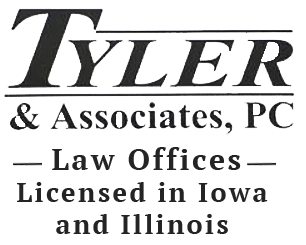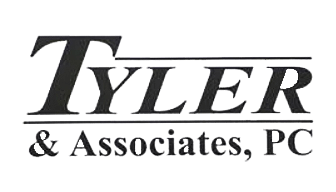If you are a construction worker in Iowa, you will likely put your life on the line every time you have a task that involves working at an elevated level. According to the Occupational Safety and Health Administration, three of the top 10 safety violations every year involve working at heights. The agency says ladders, scaffolds and the lack of fall protection feature in a significant number of construction workers’ benefits claims for workers’ compensation.
You might not realize that, although it is dangerous to work at the height of 30 feet, the same risks exist for anyone working at heights of six or 10 feet. In fact, OSHA says more fatal falls happen from lower elevations. This might be because those at 30 feet and higher recognize the danger and take precautions while workers at lower elevations think they are safe and take no precautions.
Complacency
After years of working at various levels on construction sites, with no fall or near-fall incidents, complacency might set in. Because you have been safe for a long time, you might not even consider taking steps to prevent falls. However, the risk compounds with every added factor, and you might not be in total control of your safety.
Along with the fact that you might jeopardize your own safety, young workers under your supervision might never learn about the hazards that you do not mention because you have become complacent. As soon as you no longer recognize and evaluate risks as they appear, your chances of suffering a workplace injury may increase.
How can you help to bring back safety?
Along with keeping those workers on scaffolds and other elevated work areas safe, precautions are necessary to prevent dropped tools or other objects striking workers at lower levels. OSHA recommends the following three steps to avoid height-related injuries:
- Plan: Start with assessing the risks, and consider precautions to include in a safety plan.
- Provide: Make sure the workplace is free of known hazards, and make sure your employer provides the necessary safety equipment. This must include personal protective equipment such as fall harnesses, safety nets and other engineering solutions.
- Train: Last in sequence but not least in importance is to make sure you attend all safety training sessions, even if you think you know it all. A simple reminder might save your life or the life of a co-worker.
The human factor
Regardless of the precautions you take, the human element will always come into play. All that is needed for an accidental fall from a scaffold is one error by you or a co-worker. Fortunately, the Iowa workers’ compensation insurance system is a no-fault program that provides benefits regardless of who was at fault. With the help of an experienced attorney, the benefits that you will likely receive may include compensation for medical expenses and a wage replacement package if your injury caused a temporary disability.

